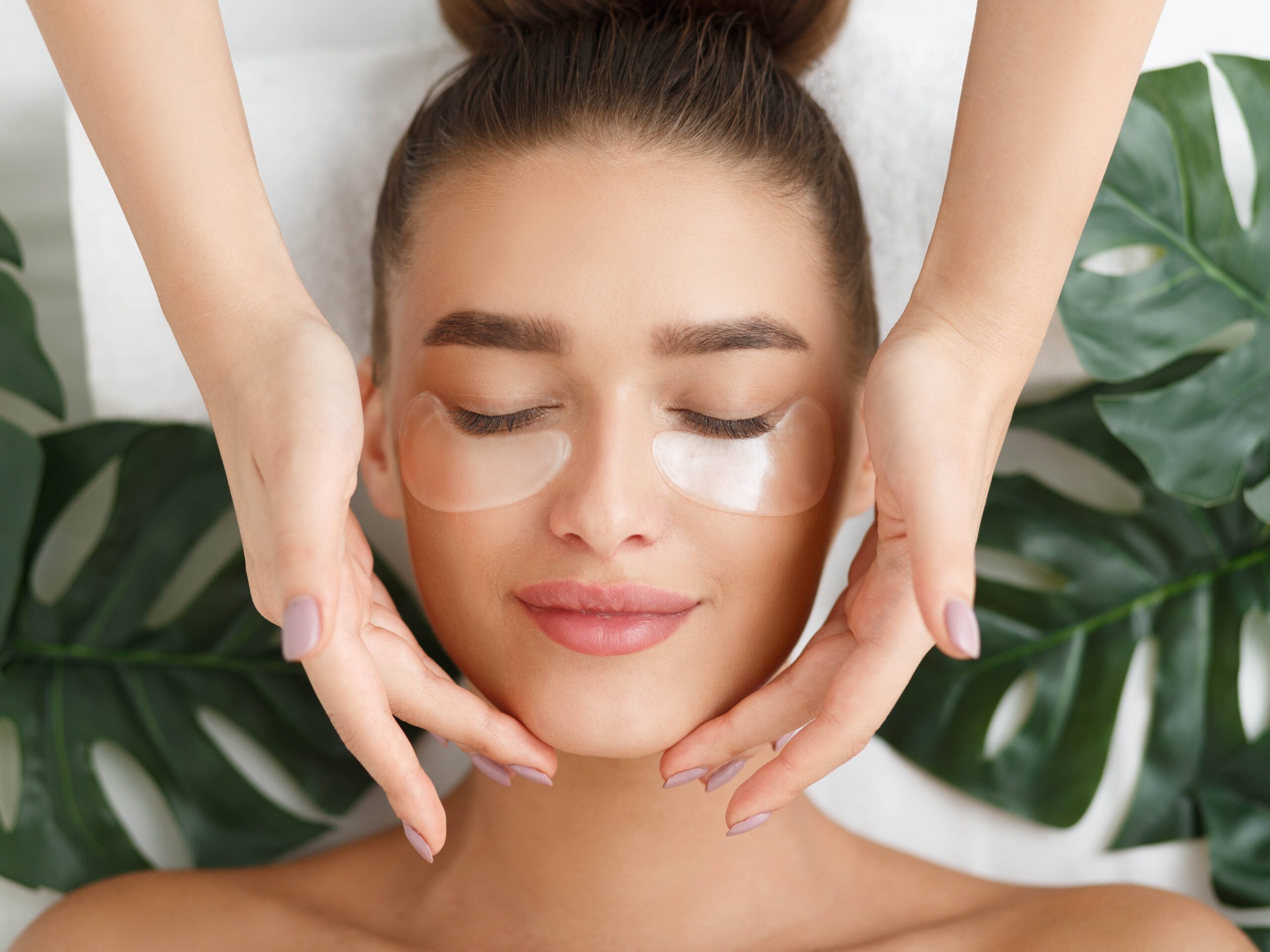Beauty is a concept that has been admired, analyzed, and debated for centuries. Whether it’s found in the natural world, in art, or within human beings, beauty has a powerful effect on how we experience the world. In modern society, beauty is often associated with external appearance, but what truly defines beauty, and how does it impact our lives, culture, and self-perception?
The Evolution of Beauty Standards
The concept of beauty is not static but has evolved significantly over time. In ancient civilizations, beauty was often tied to harmony, symmetry, and proportion. The Greeks, for example, revered the golden ratio and saw beauty in the balance of physical features. During the Renaissance, artists like Leonardo da Vinci and Michelangelo captured the idealized human form in their masterpieces, emphasizing proportion and grace.
However, beauty standards have shifted dramatically throughout history. In the Victorian era, for example, pale skin and a curvy body were seen as signs of beauty and aristocratic status, while in the 20th century, the influence of Hollywood and the rise of fashion icons like Marilyn Monroe defined beauty in terms of curves and glamour. More recently, social media has had a profound impact on shaping beauty ideals, with influencers and celebrities setting trends and creating new perceptions of what is considered attractive.
In many ways, beauty has become more diverse and inclusive today, with body positivity movements challenging narrow definitions of beauty and advocating for self-acceptance. Models and celebrities of all sizes, skin tones, and backgrounds are now more visible in media, and there is an increasing recognition of inner beauty and individuality.
Beauty and Media Representation
The media plays an undeniable role in shaping our perceptions of beauty. Advertisements, films, and fashion magazines have long dictated what is considered beautiful, often promoting specific body types, skin colors, and facial features. However, these representations have not always been realistic or representative of the diversity of the population. This has led to significant issues regarding self-esteem, body image, and the unrealistic expectations placed on individuals to conform to often unattainable ideals.
In recent years, there has been a growing movement to diversify beauty representation. More models of different races, body shapes, and ages are appearing in mainstream advertising, while social media platforms like Instagram have given rise to the “real beauty” movement, with influencers advocating for authenticity and the celebration of imperfections.
While the push for more diverse representations of beauty is a positive shift, there are still challenges in dismantling the entrenched beauty standards that dominate much of the media. The pressure to conform to certain beauty ideals can be overwhelming, especially for young people, and can lead to mental health issues like anxiety, depression, and eating disorders.
The Psychological Impact of Beauty
Beauty does not only have an impact on how others perceive us; it also significantly affects how we perceive ourselves. Society places considerable emphasis on physical appearance, and this can shape one’s self-worth and identity. People who meet the conventional standards of beauty are often afforded certain privileges, such as higher salaries, better social opportunities, and greater success in their careers. This phenomenon is sometimes referred to as the “halo effect,” where individuals who are considered physically attractive are assumed to possess other positive traits, such as intelligence, kindness, and competence.
On the other hand, those who do not conform to these beauty standards may experience lower self-esteem and body dissatisfaction. The psychological effects of beauty standards can lead to a distorted sense of self-worth and may encourage individuals to pursue harmful behaviors, such as extreme dieting, cosmetic surgery, or other methods to “improve” their appearance.
In contrast, embracing beauty as a holistic concept—incorporating not just appearance, but also qualities such as kindness, confidence, and authenticity—can lead to greater self-acceptance and well-being. Beauty, in this context, becomes more than skin deep and becomes tied to how one feels about oneself and the world.
Beauty in the Context of Diversity and Inclusivity
One of the most positive trends in recent years is the shift towards a more inclusive and diverse definition of beauty. This is a response to the traditionally narrow, Eurocentric ideals that have dominated mainstream culture for centuries. The increasing visibility of people of various races, ethnicities, body types, abilities, and gender expressions in beauty-related media and fashion is changing how beauty is defined and perceived.
Body positivity and self-love movements are encouraging individuals to celebrate their unique features and reject the notion that beauty is defined by conformity to a singular image. By embracing diversity, we open up space for individuals to feel valued and seen, regardless of whether they meet traditional beauty standards.
Social media plays a significant role in this transformation. Platforms like Instagram and TikTok provide space for people to share their authentic selves, showcasing their beauty without the heavy filters or photoshop that have traditionally been used to conform to unrealistic standards. This shift allows individuals to redefine beauty on their own terms, fostering confidence and acceptance of their true selves.
Beauty and its Relationship with Art
Beauty has long been an essential concept in the world of art. Artists throughout history have sought to capture beauty through painting, sculpture, architecture, music, and literature. The idea of beauty in art has been debated for centuries, with different eras and movements favoring different interpretations of what constitutes beauty.
During the Renaissance, beauty was often idealized and depicted through perfect proportions and harmony. In contrast, modern and contemporary art has often challenged traditional notions of beauty, embracing imperfection, abstraction, and experimentation. The concept of beauty in art has expanded, reflecting broader societal shifts towards embracing diversity, uniqueness, and individuality.
Art, in many ways, mirrors society’s changing attitudes towards beauty. The more artists explore and redefine beauty, the more society as a whole expands its understanding of what is beautiful, moving away from rigid standards and embracing a more fluid and inclusive definition.
Conclusion
In conclusion, the true essence of beauty in modern society is complex and multifaceted. Beauty is not merely about physical appearance; it encompasses qualities such as confidence, kindness, diversity, and authenticity. Over time, society has shifted from narrow, unattainable standards of beauty to a broader, more inclusive perspective that values individuality and self-expression.
The media, art, and cultural movements all play significant roles in shaping our understanding of beauty, but ultimately, beauty is a personal experience. It is about how we feel about ourselves and others, how we appreciate the diversity of the world, and how we embrace the uniqueness of human beings.
Rather than focusing solely on external appearances, we should celebrate the diverse forms of beauty that exist in all of us—beauty that transcends skin deep and reflects who we truly are as individuals.




